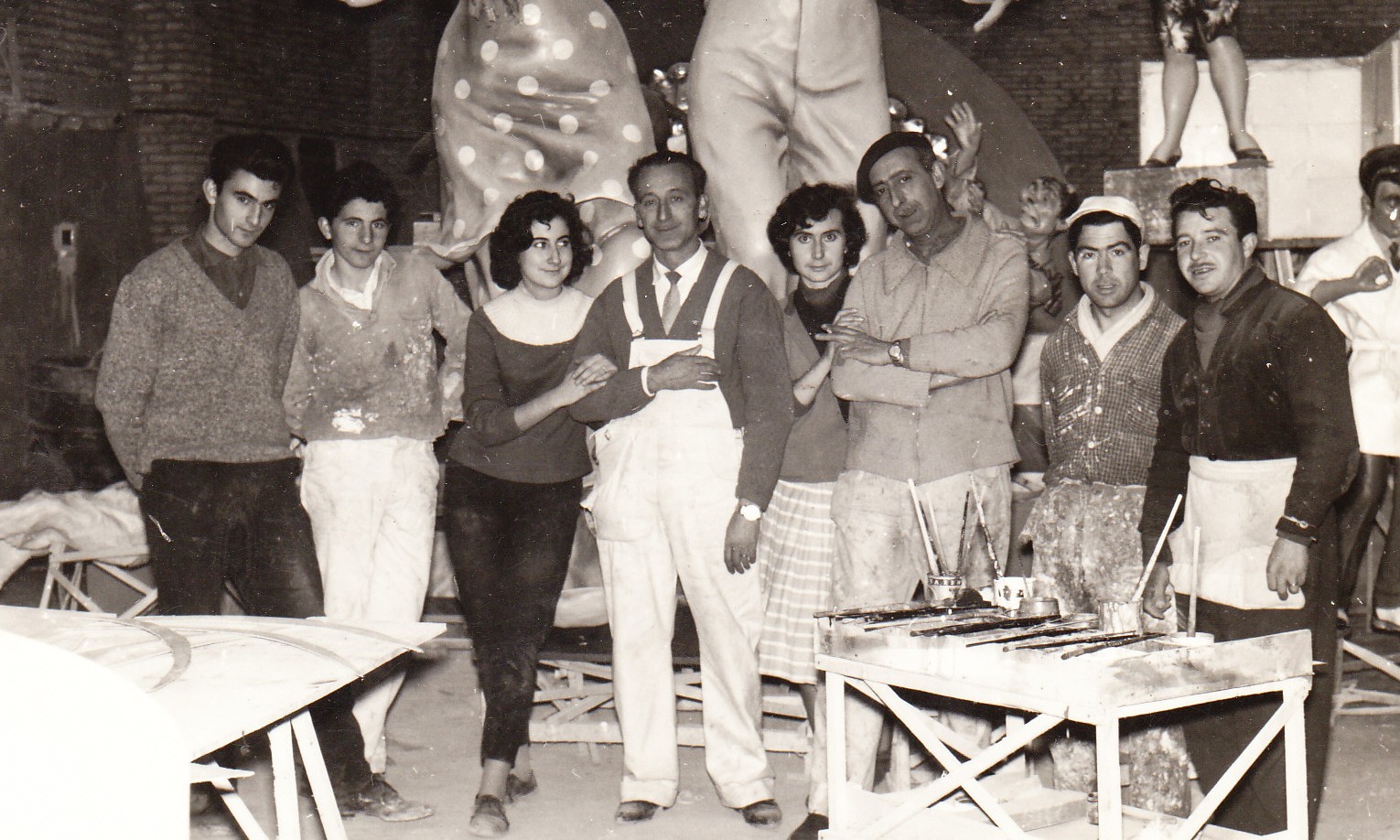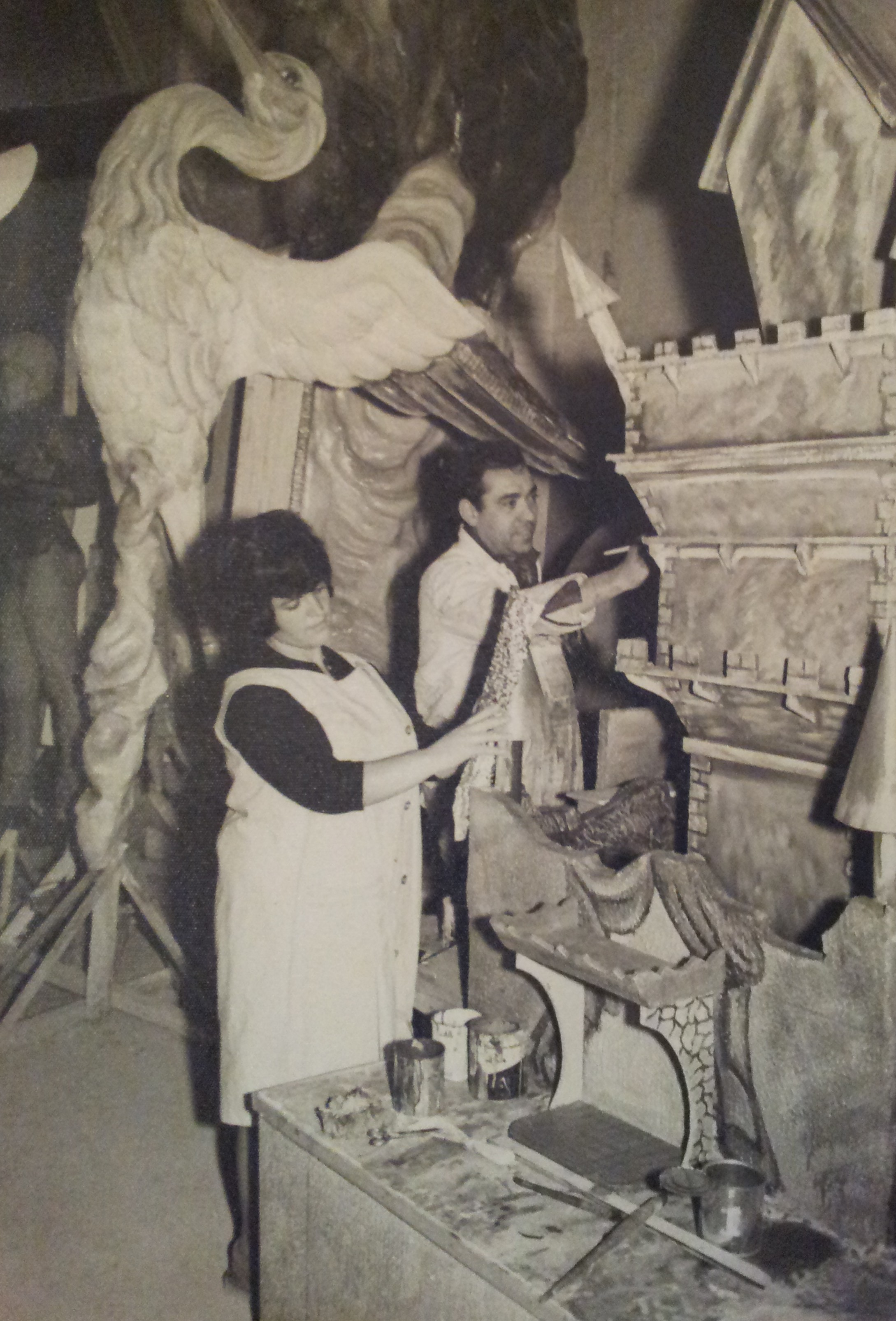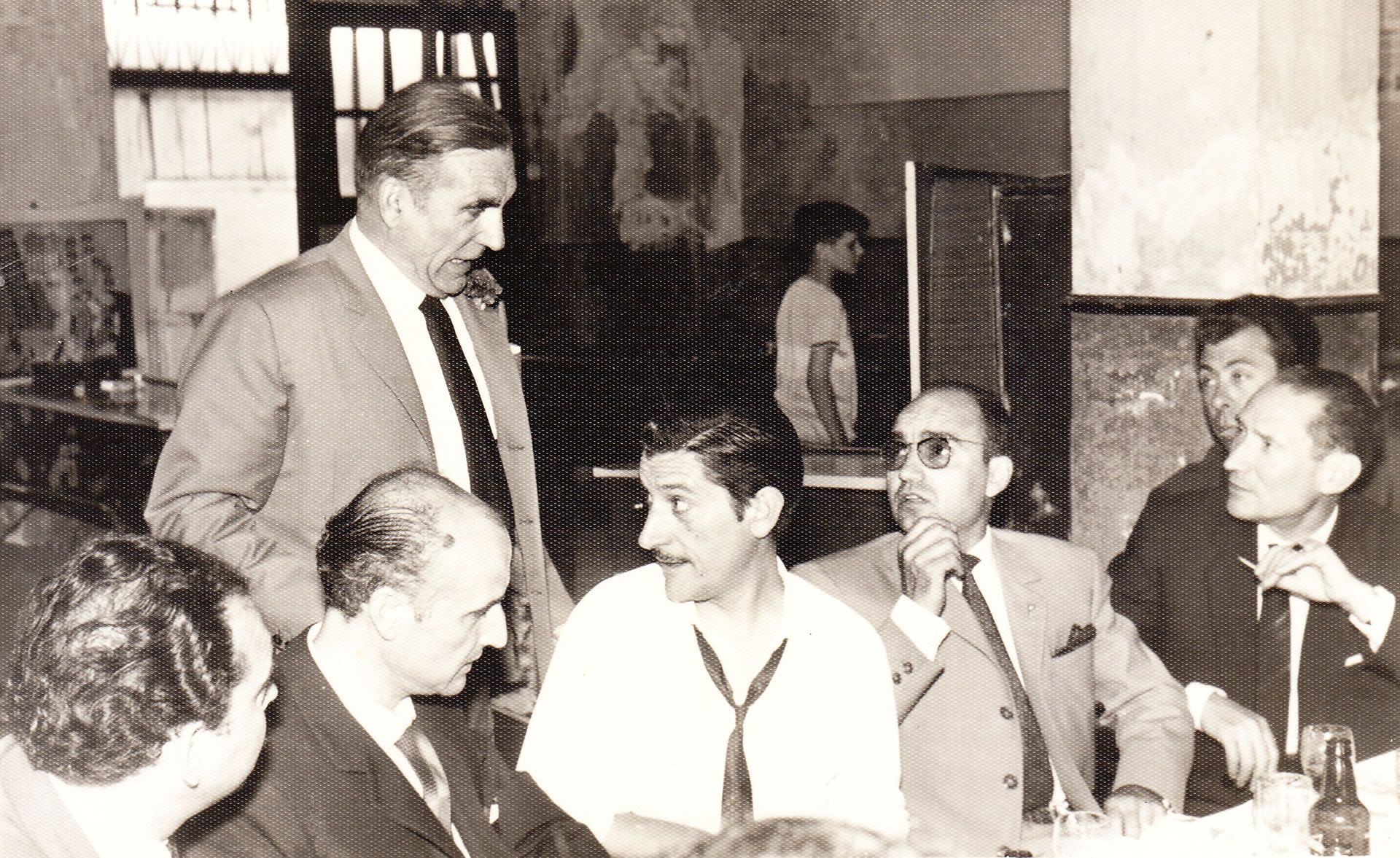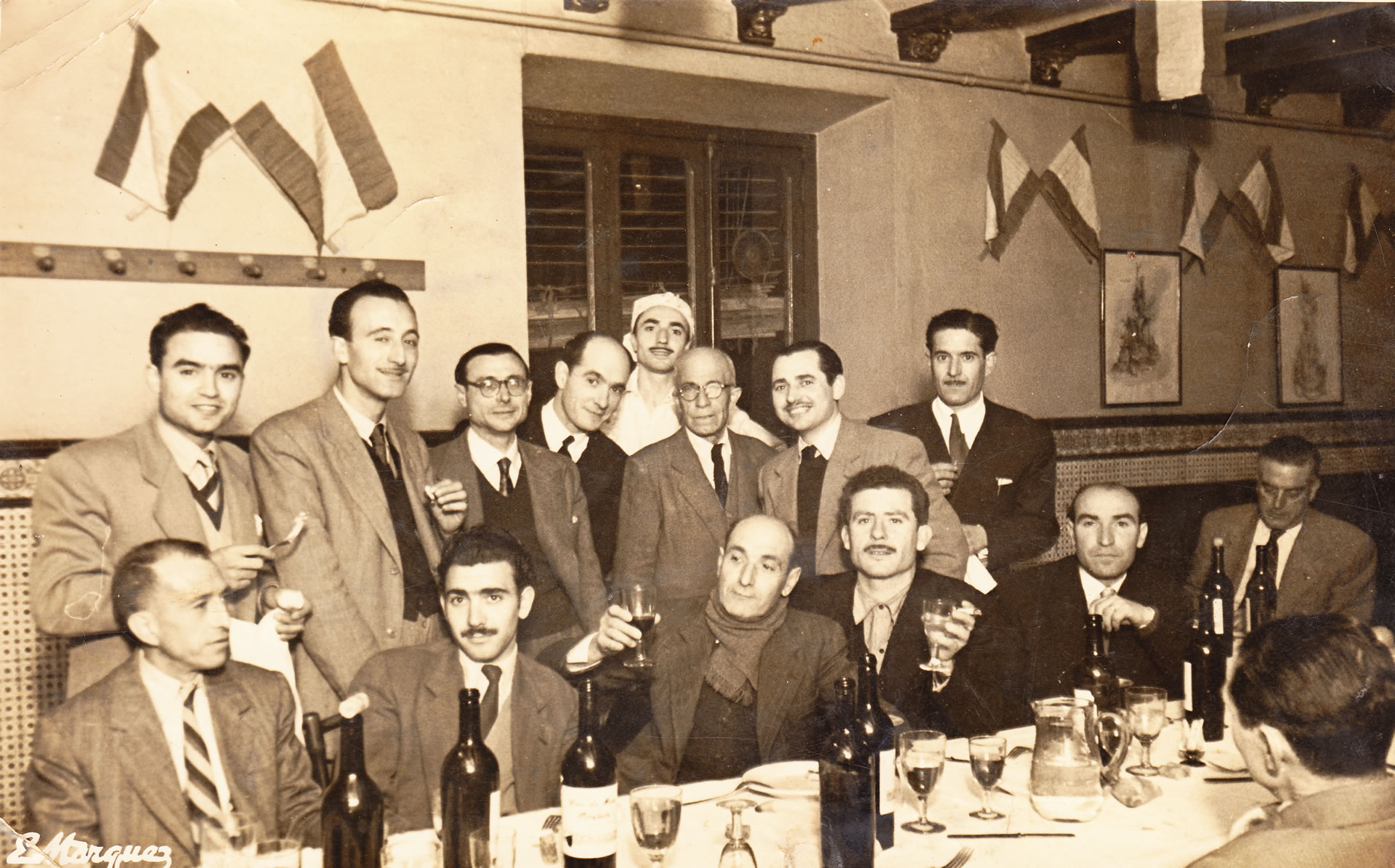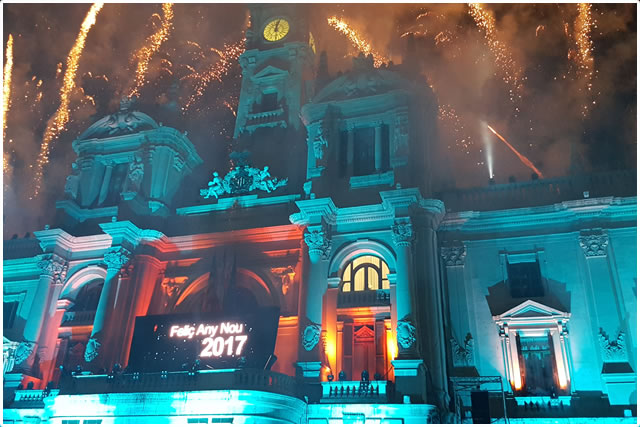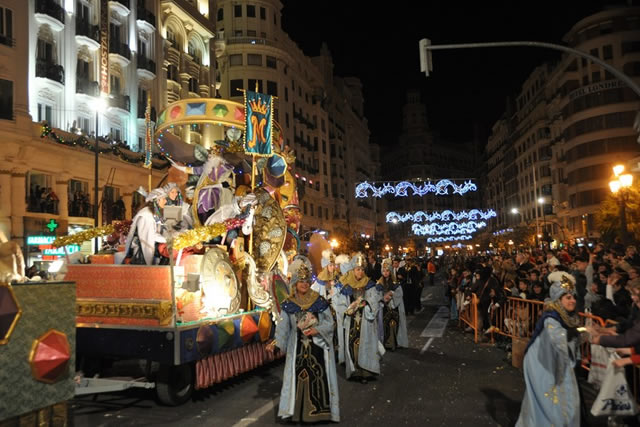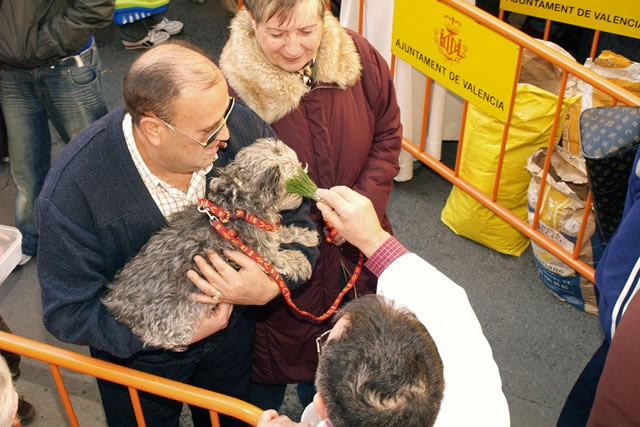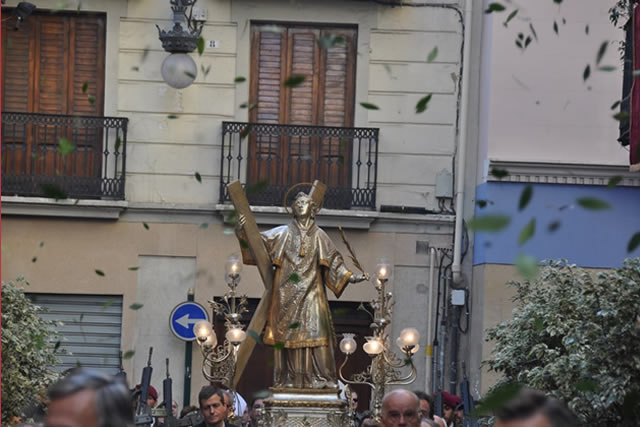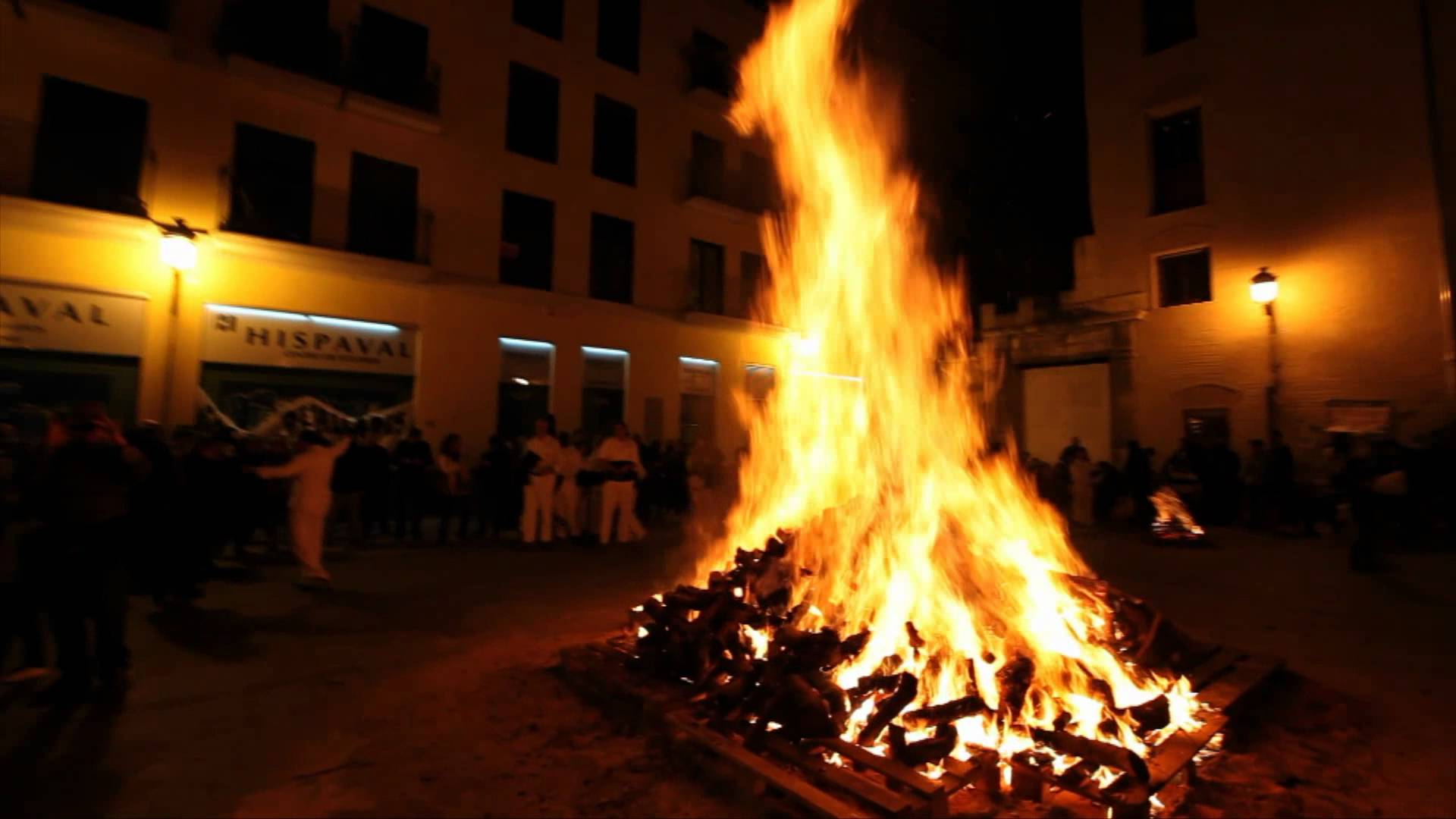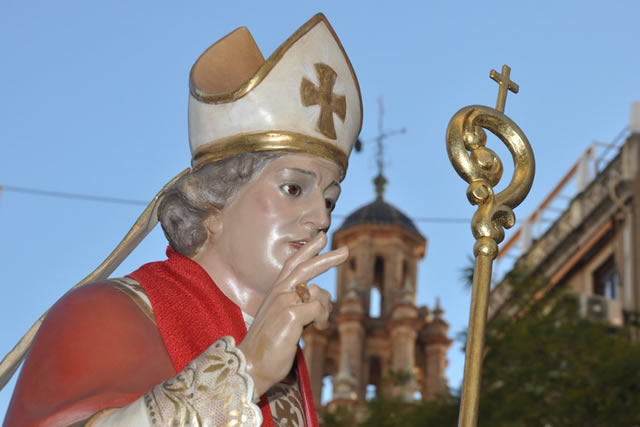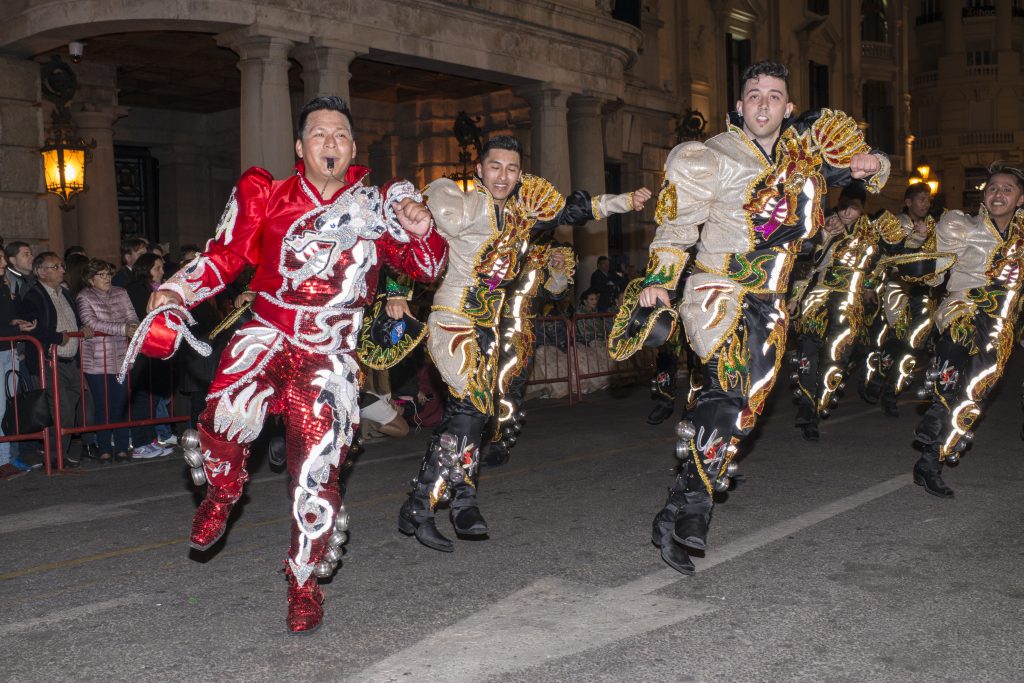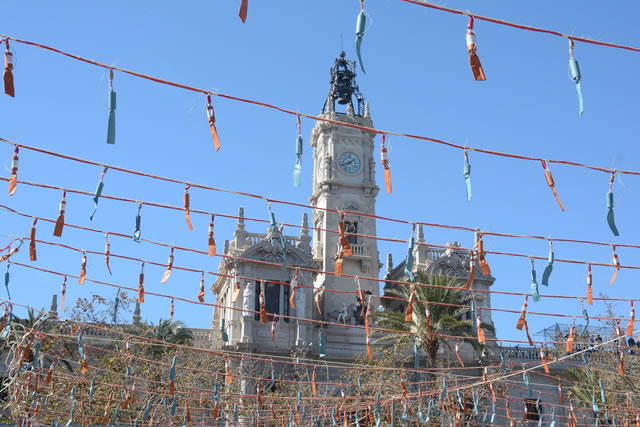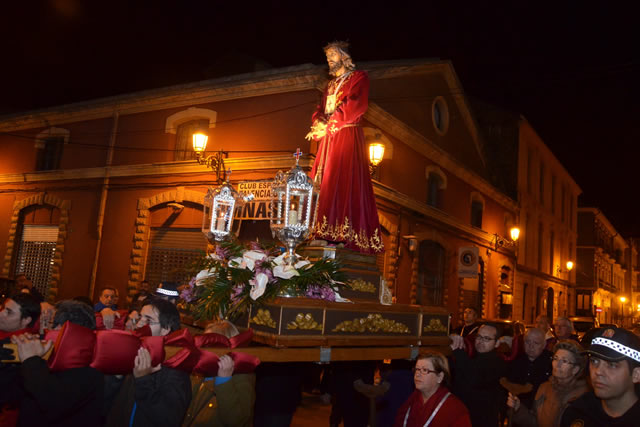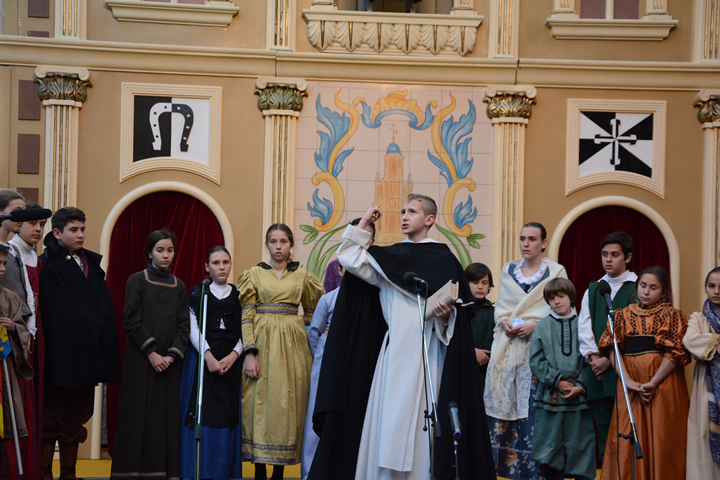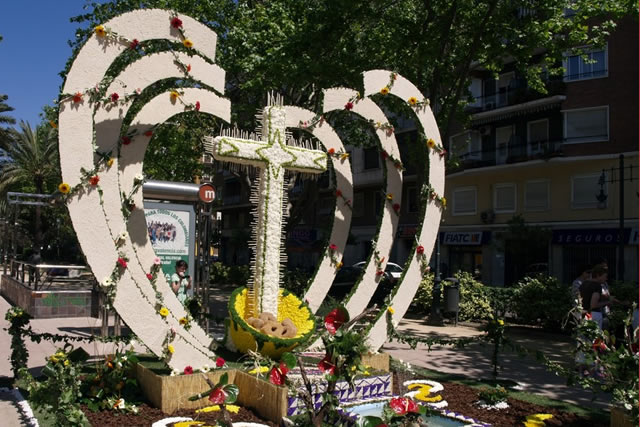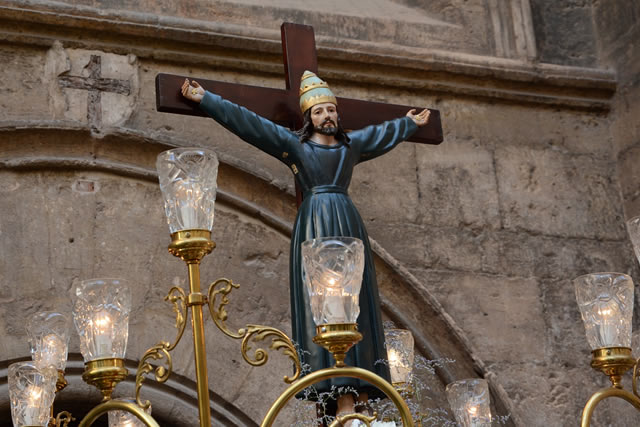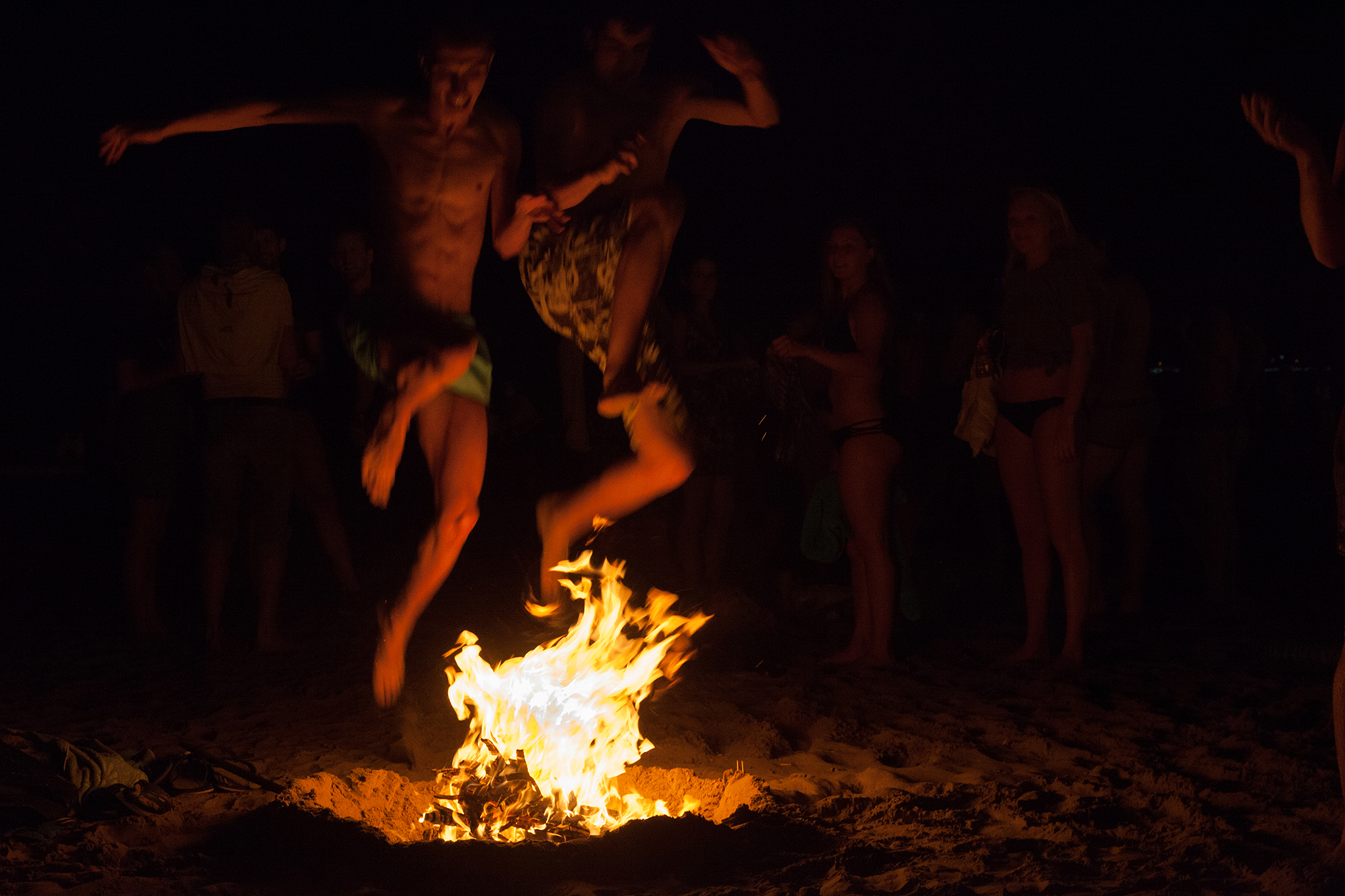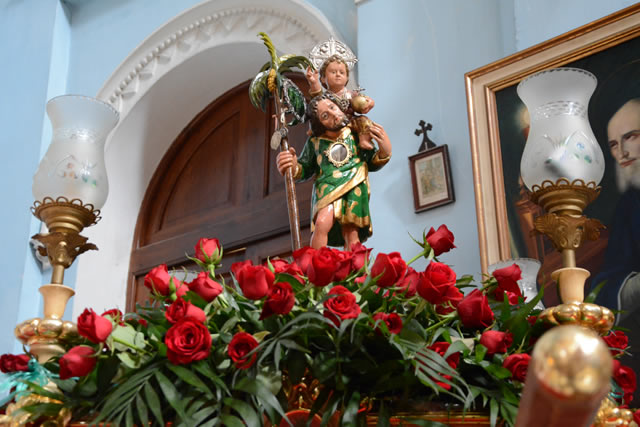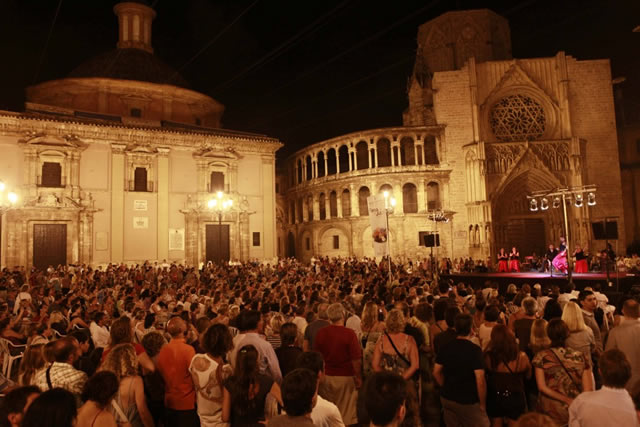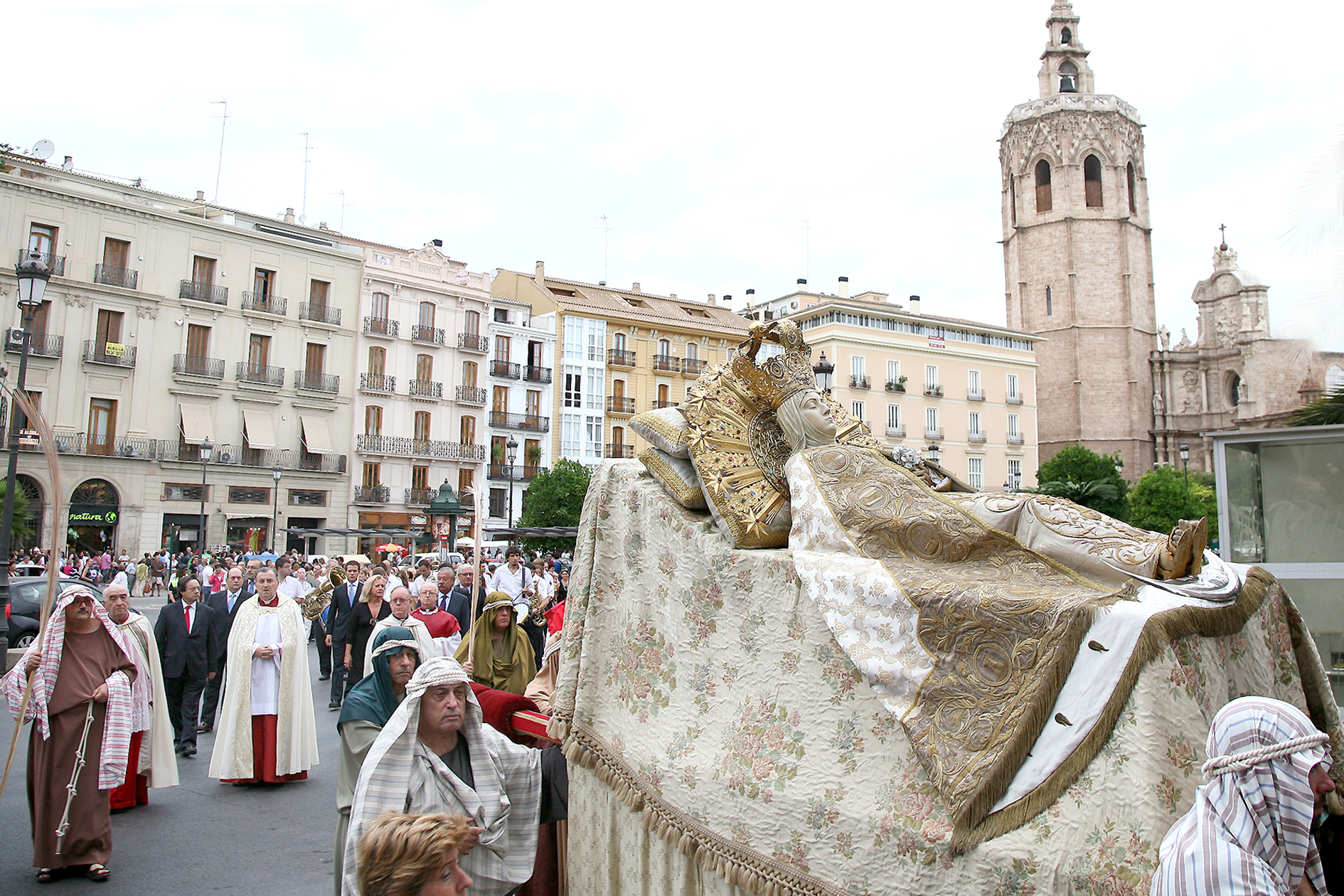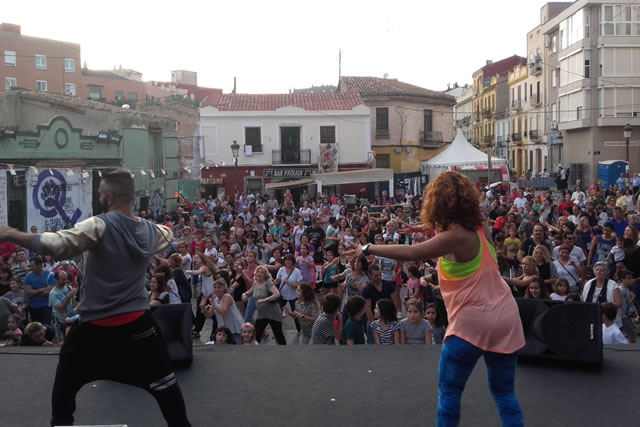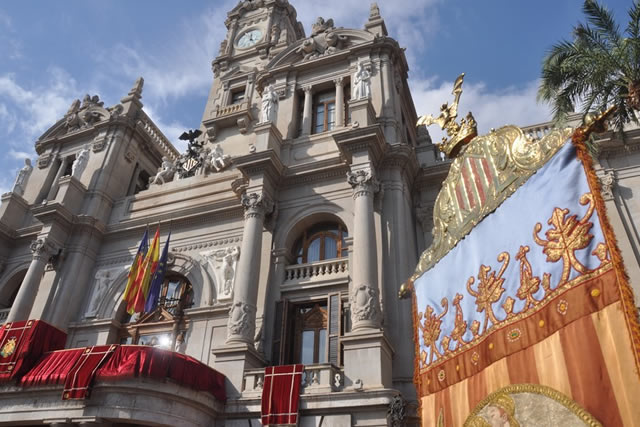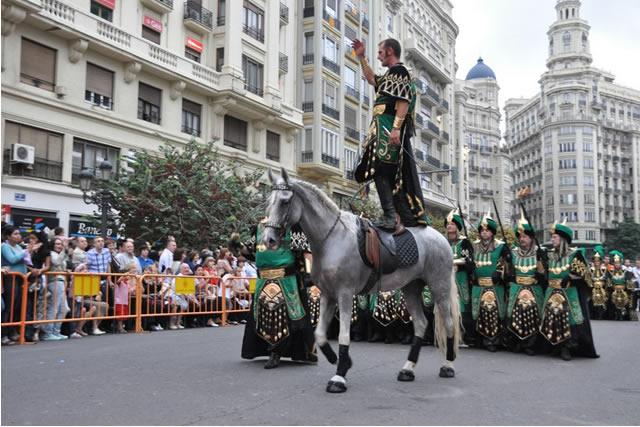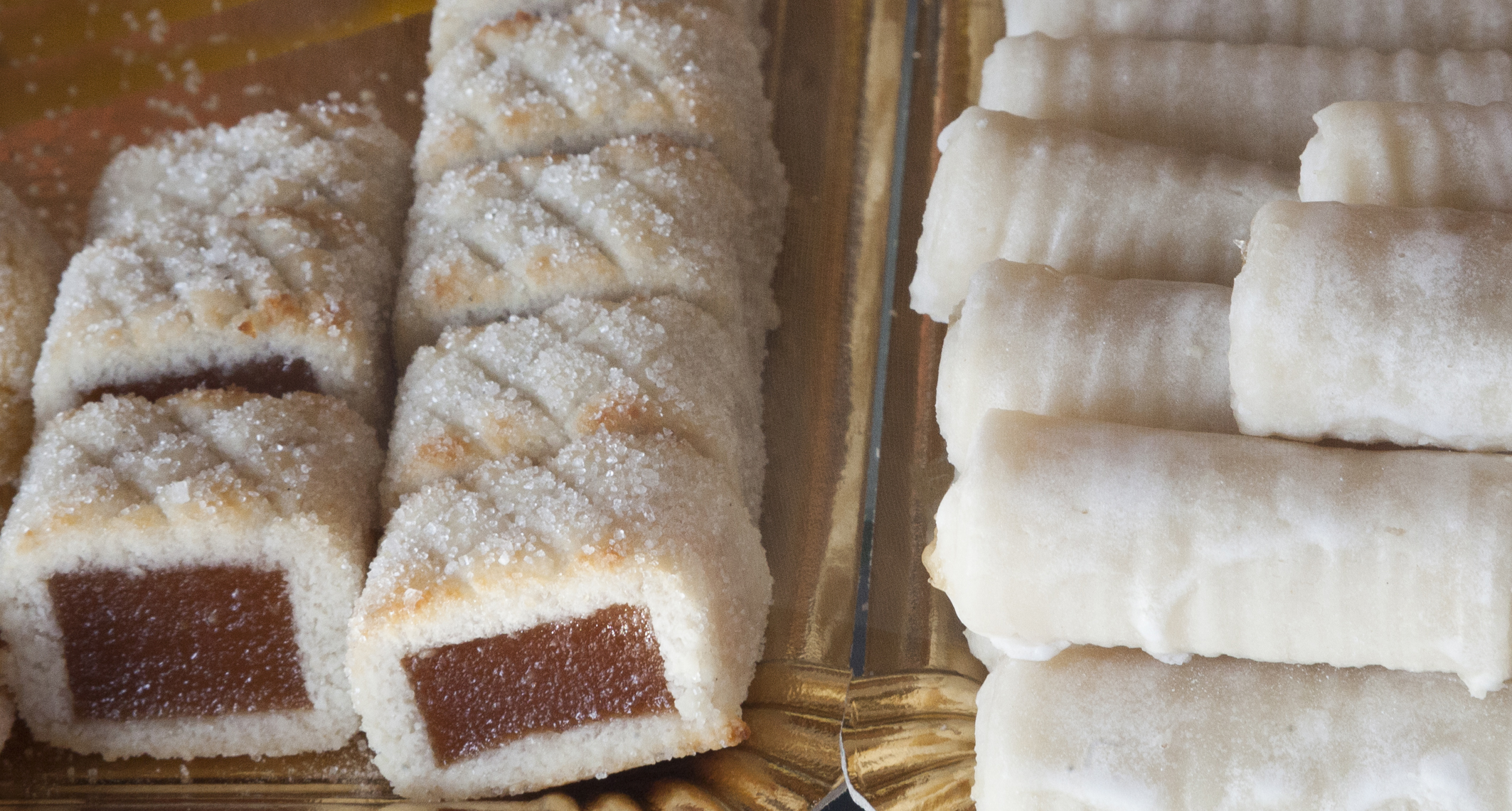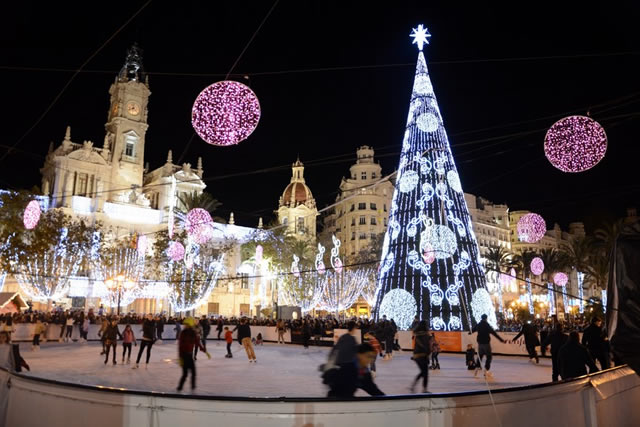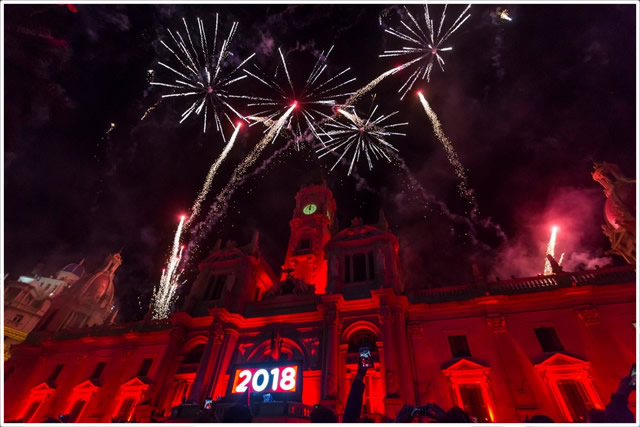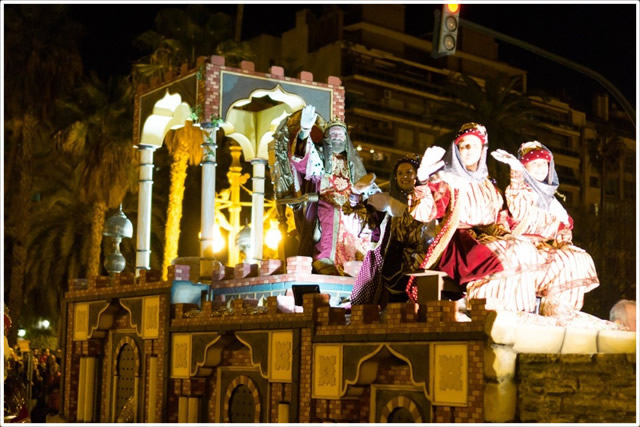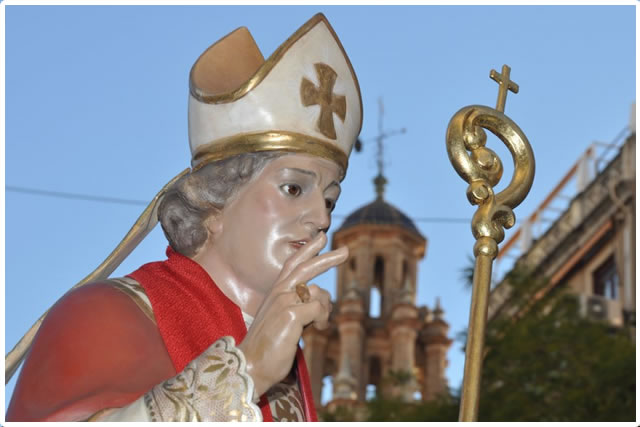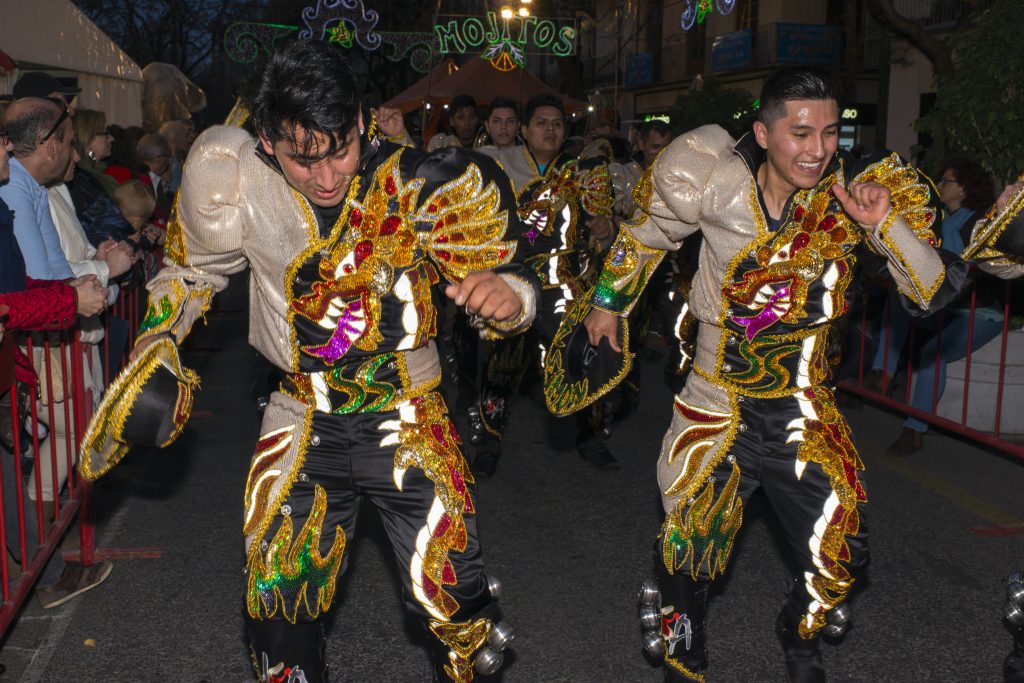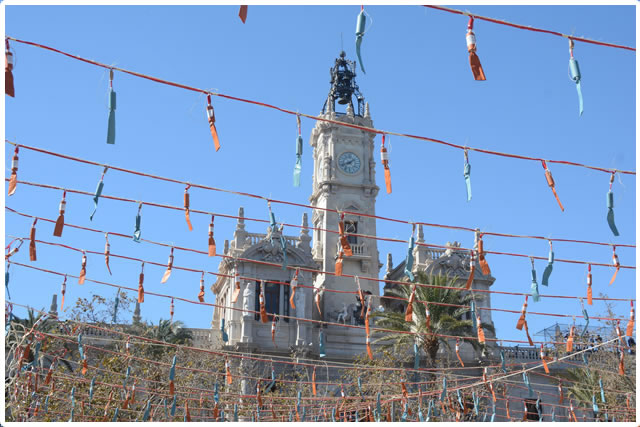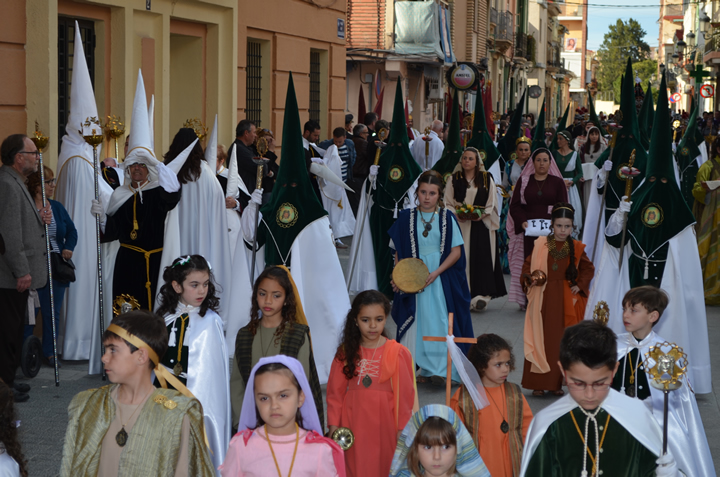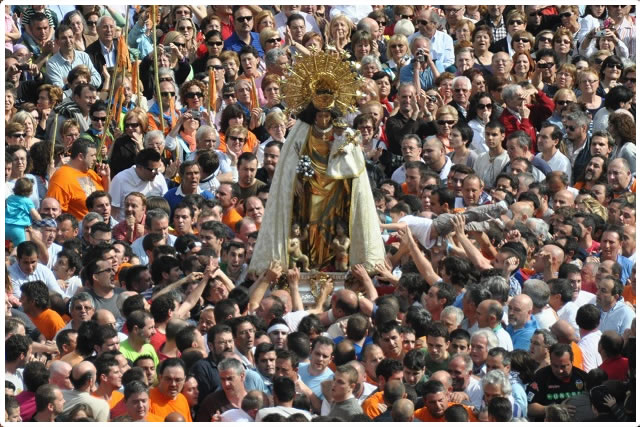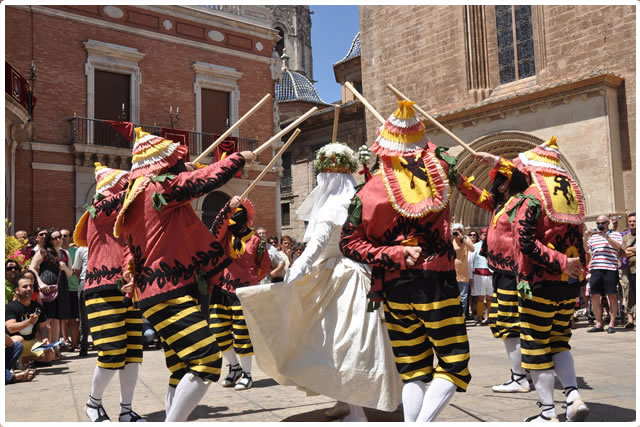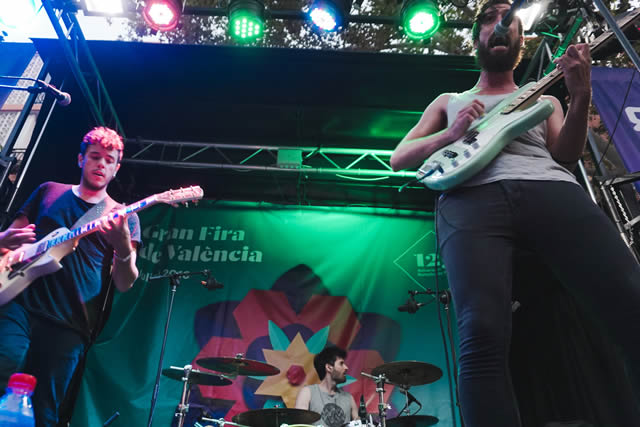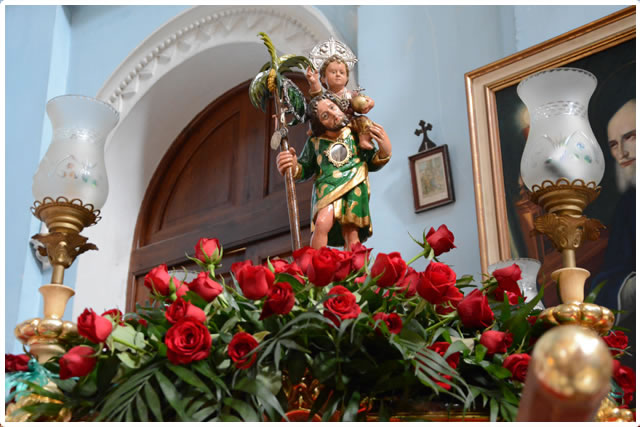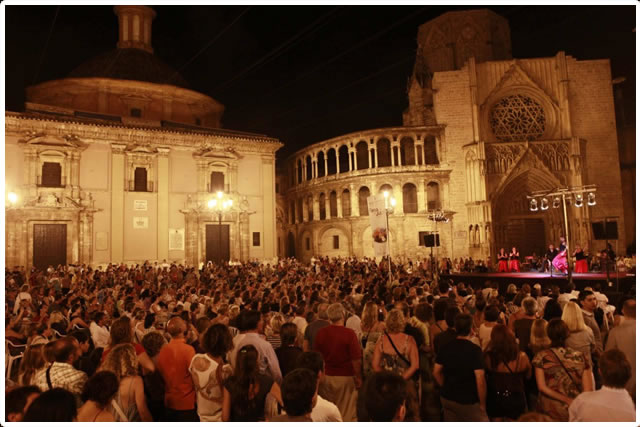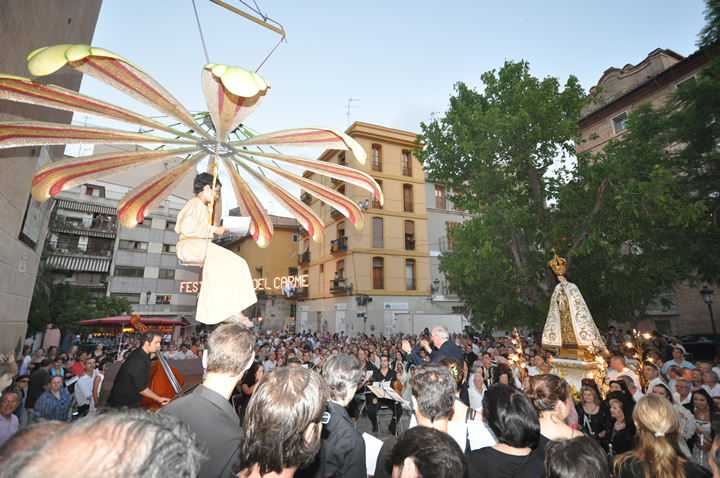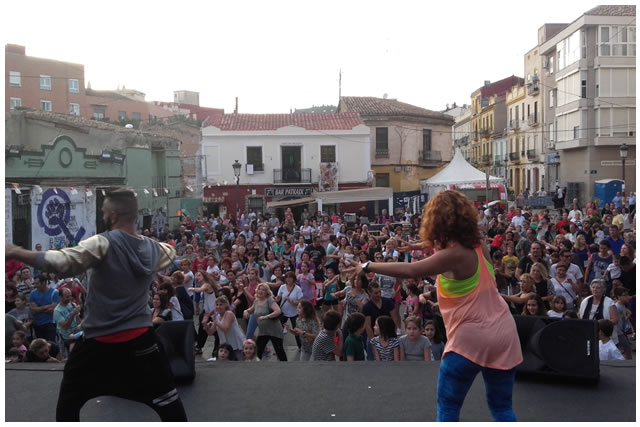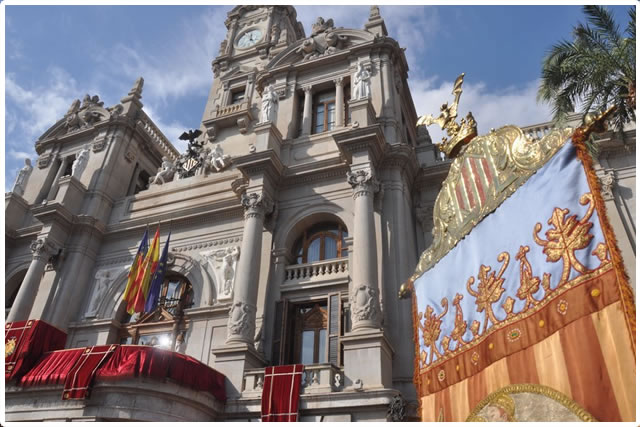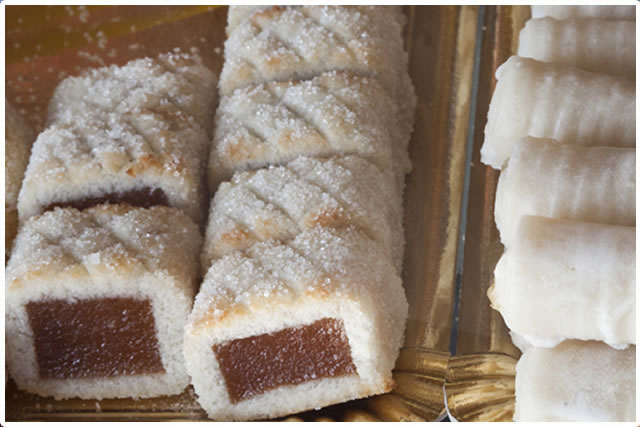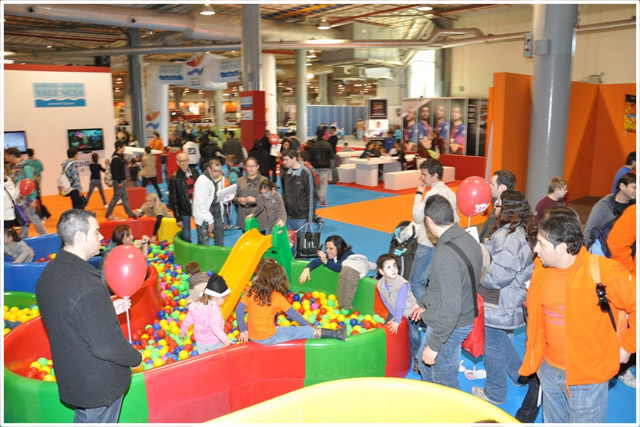THE FALLAS ARTIST (II). FAMILY SAGAS
One of the main values of the Fallas festival and, in turn, one of the mainstays of its recognition by UNESCO as intangible cultural heritage of humanity (30 November 2016), is the intergenerational transmission of experiences and traditions which go hand in hand with their celebration over the centuries.
The Fallas workshop is the main meeting point for cultural heritage, where knowledge, techniques and practices of the processes related to the construction of the fallas are transmitted from artists to their teams, as well as other activities such as float construction, theme sets and other constructions. This also happens among family members, giving rise to authentic family lineages and sagas.
The history of the Fallas is therefore strewn with family surnames establishing ties between siblings (García Albarracín, Fontelles, Monleón Briones, Ferrer Jorge) or between parents, children and grandchildren (Roda, Barea, Luna, Puche, Ballester, Espuig, Ribes, Guitarte).
Some families encompass complex genealogical trees which go beyond immediate family members or direct lines of succession to extend to cousins, nephews and other relatives and in-laws (Azpeitia, Sánchez, Devís, Gimeno, Giménez Monfort-Pinto, Viguer-Algarra). For example, the Guillots and Santaeulalias are two families involved in the Fallas festivity that span four generations, initiated by Enric Guillot at the beginning of the 20th century and by Salvador Santaeulalia in the 1960s. Daniel Guillot, or the transcendental Miguel Santaeulalia Núñez, together with other relatives of these lineages of artists, created a generational bridge between grandchildren and great-great grandchildren, and today, in the 21st century, they still preserve the family tradition in this craft.







